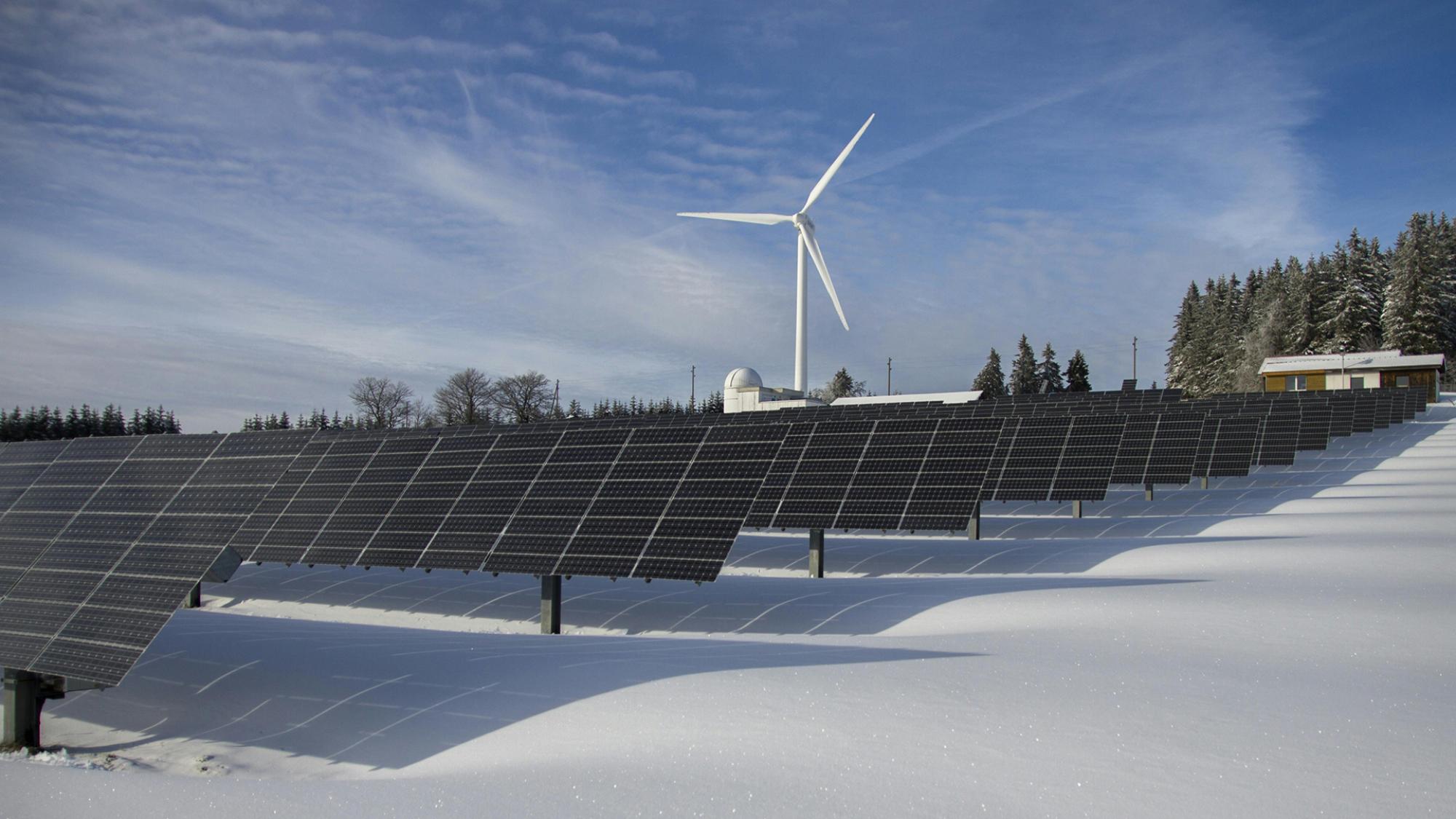News

Green energy from Jokilaaksot and nearby municipalities
Europe is undergoing an energy transition, and actions are needed. We need clean energy, produced sustainably and efficiently. In the short term, we have few alternatives for transition.
Date
10.06.2024


